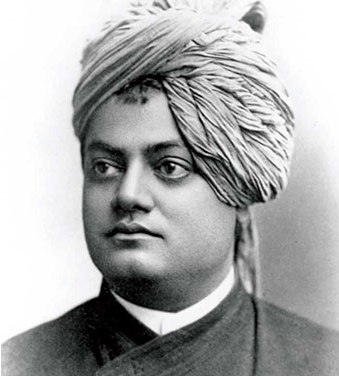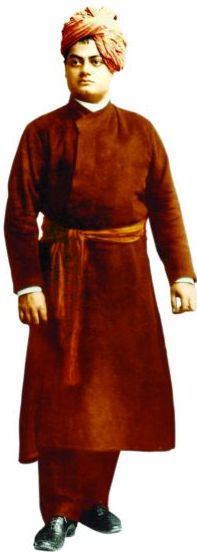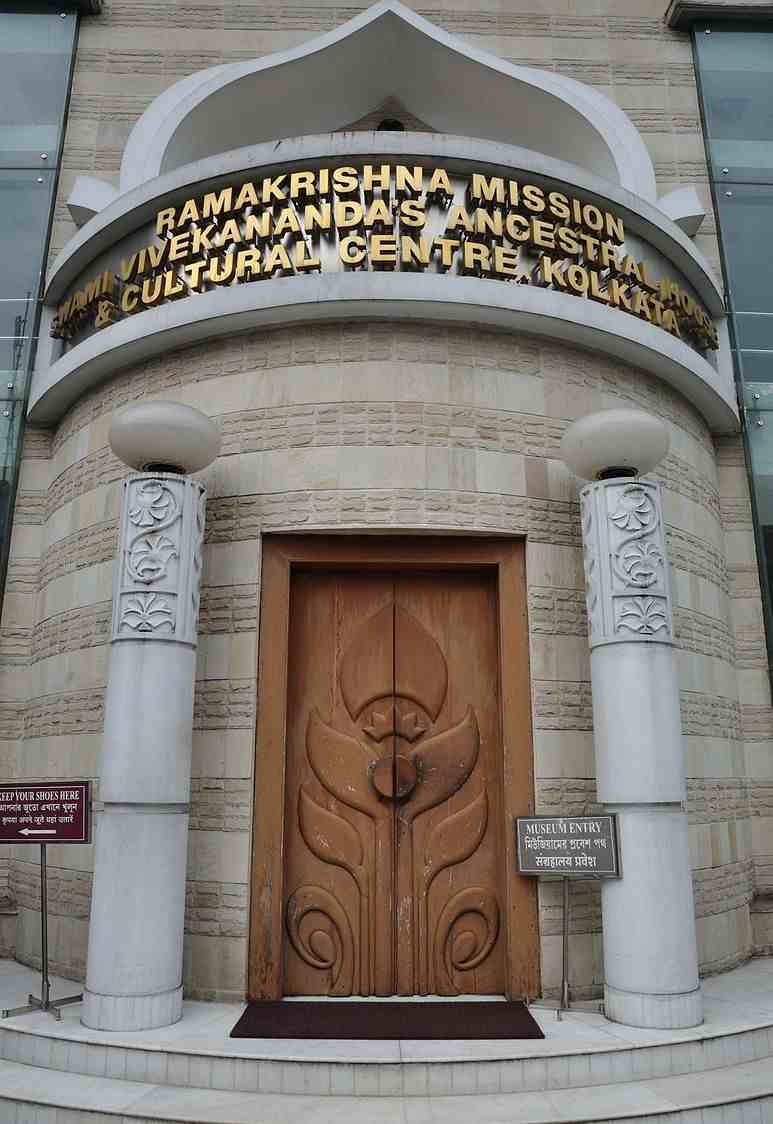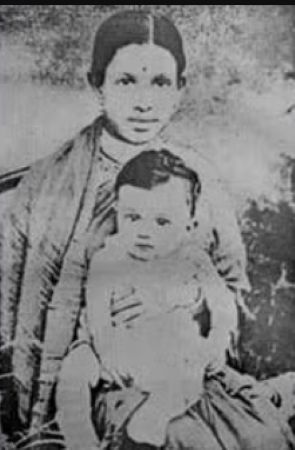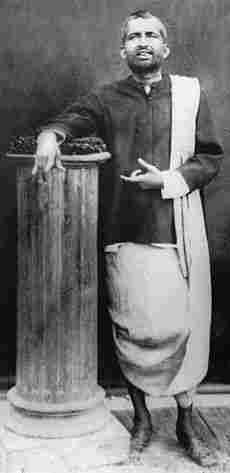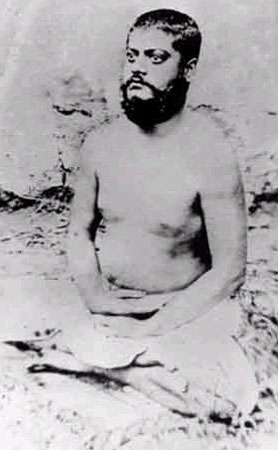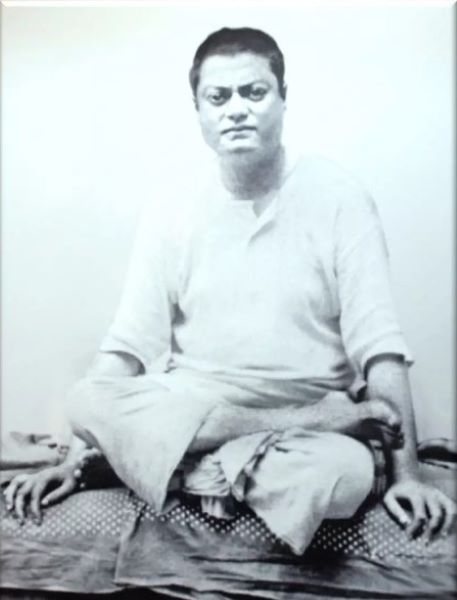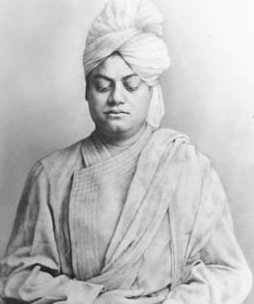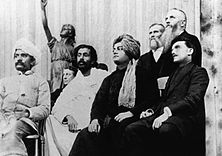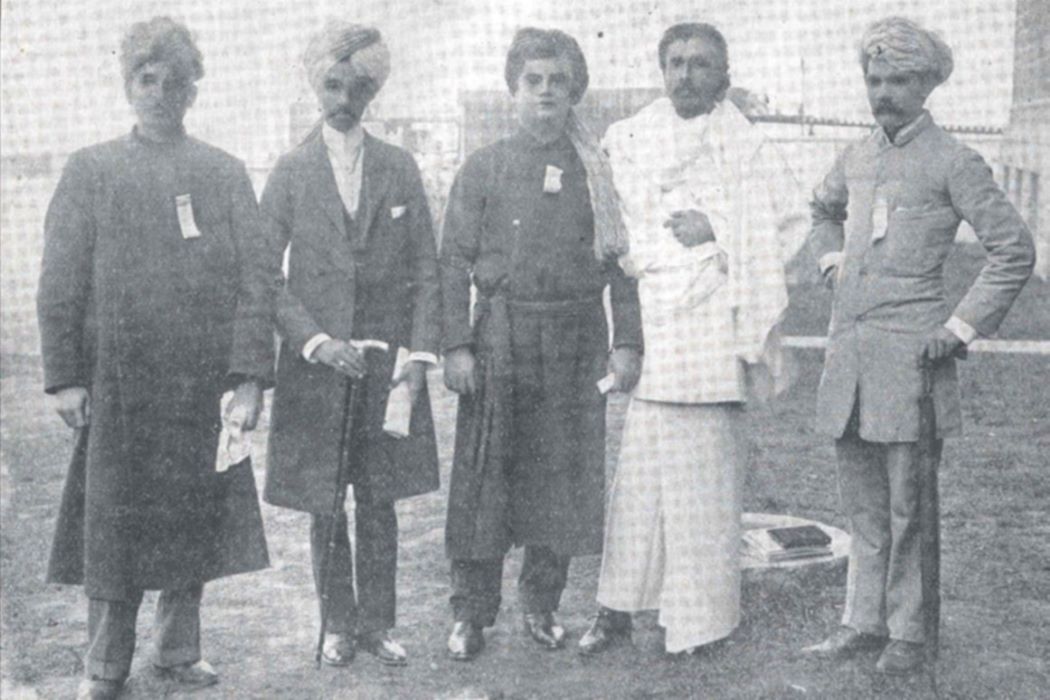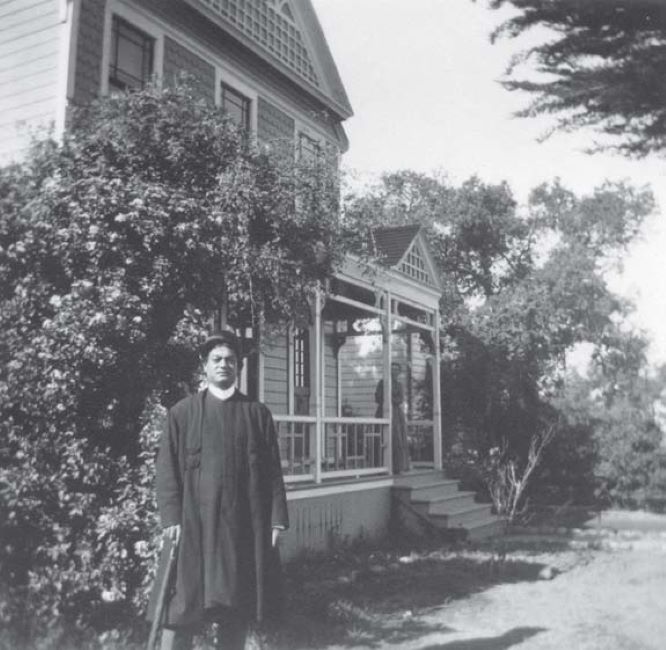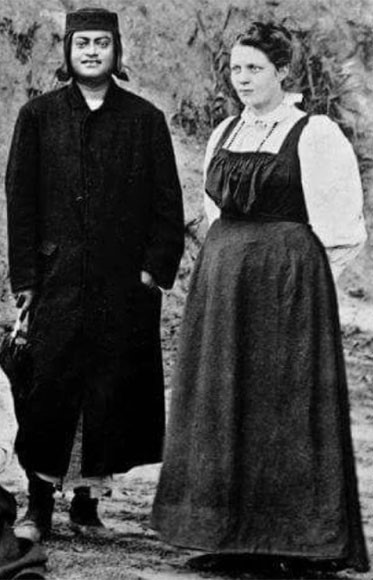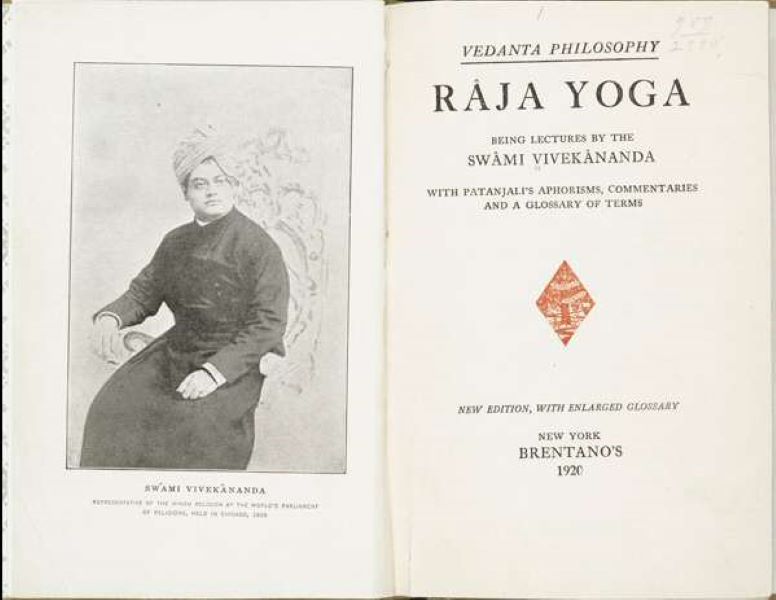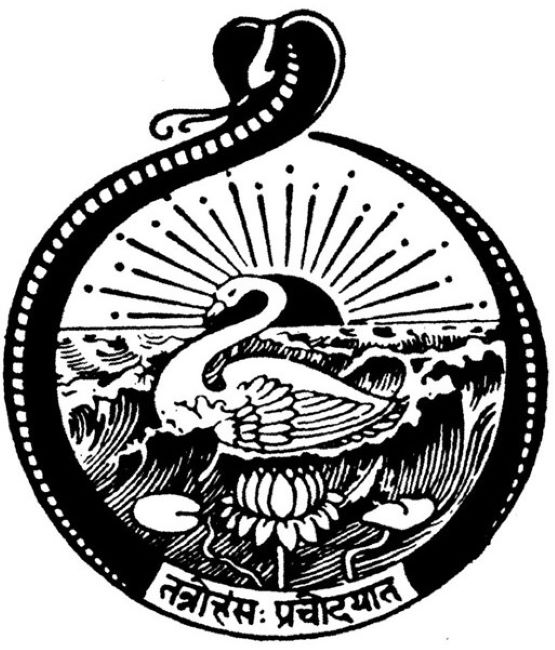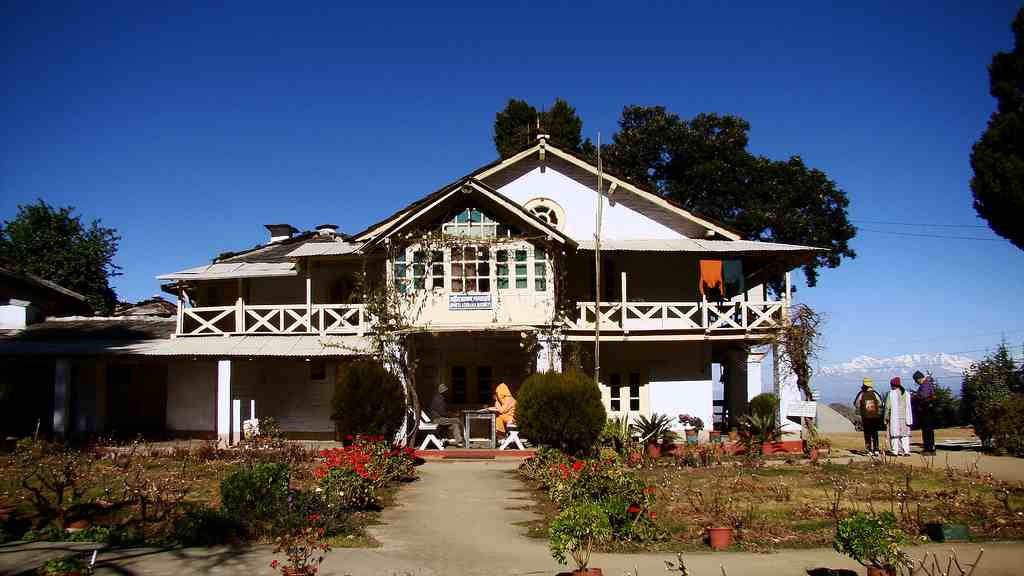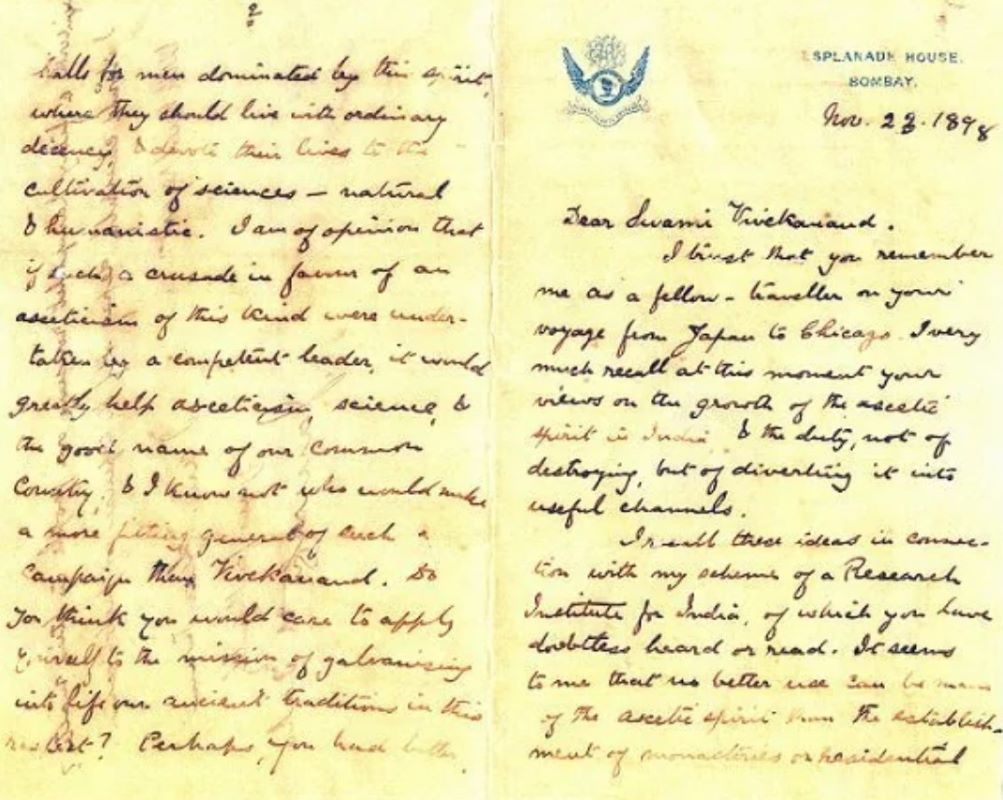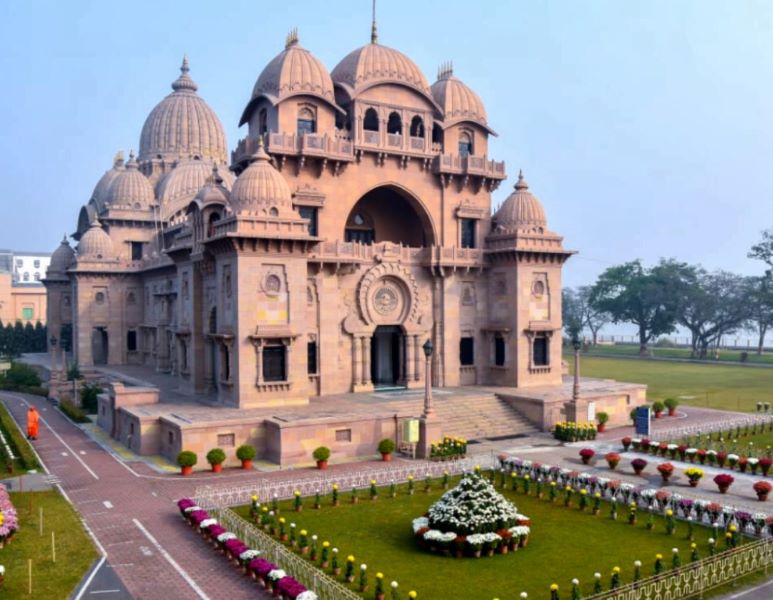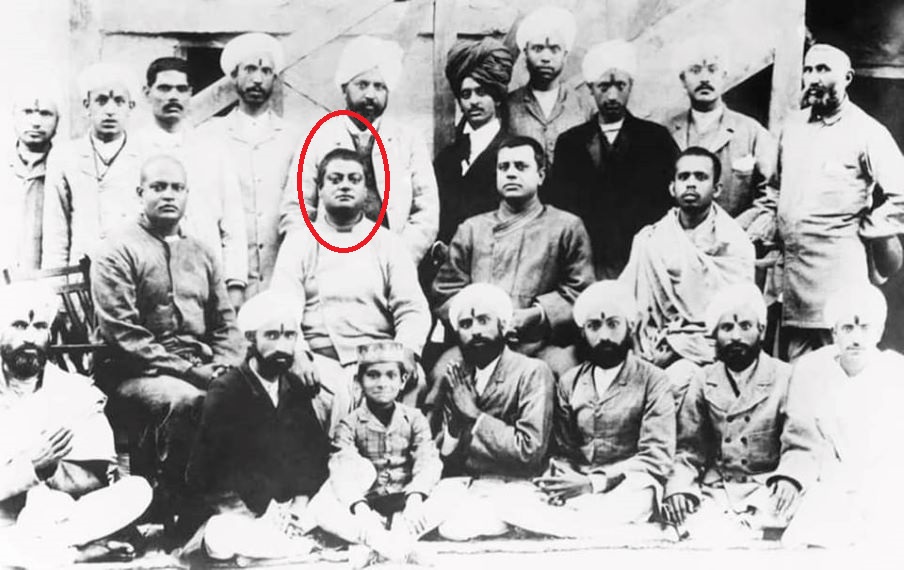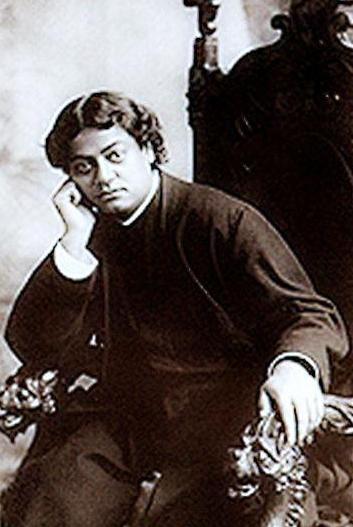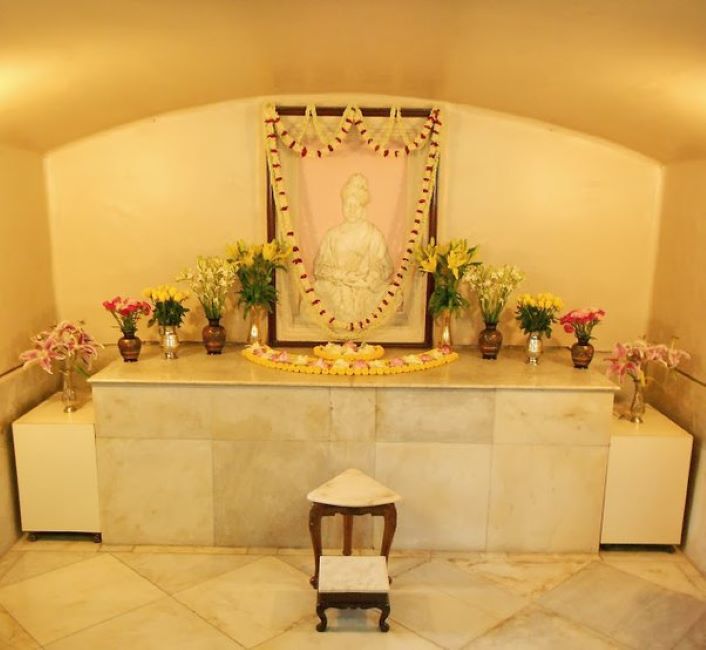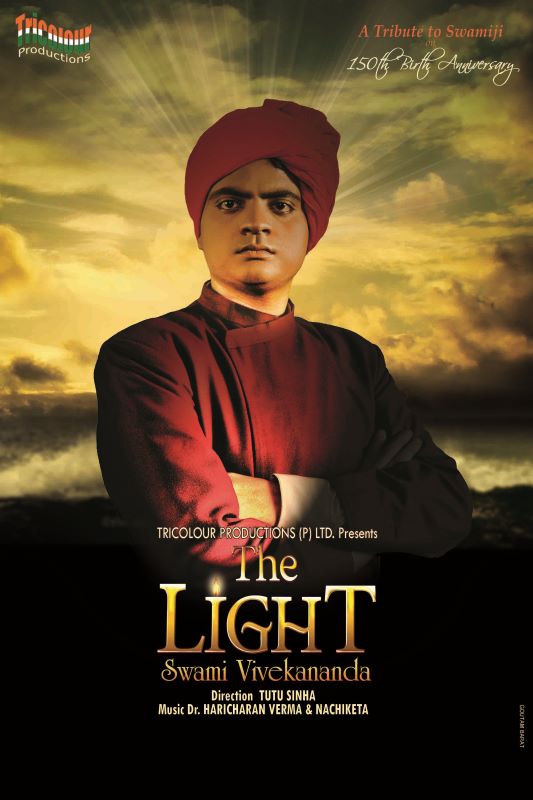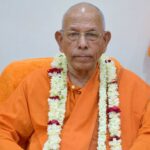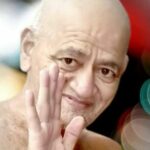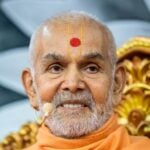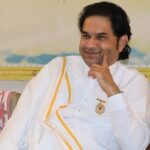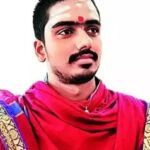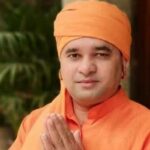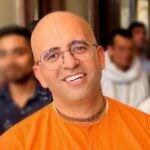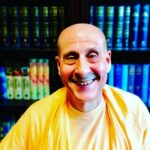Swami Vivekananda Age, Death, Wife, Family, Biography
Quick Info→
Religion: Hinduism
Age: 39 Years
Hometown: Calcutta
| Bio/Wiki | |
|---|---|
| Birth name | Narendranath Datta |
| Other name | Swami Vividishanand |
| Nickname(s) | Narendra, Naren |
| Profession(s) | Hindu monk, Philosopher, Author, Religious teacher |
| Famous for | • Being the Chief disciple of Ramakrishna Paramhamsa • Propagating about Hinduism in the West • Being the founder of the Ramakrishna Math and the Ramakrishna Mission |
| Physical Stats & More | |
| Height (approx.) | 5' 10" (178 cm) |
| Eye Colour | Dark Brown |
| Hair Colour | Black |
| Career | |
| Legacy | • Union government initiated the Swami Vivekananda Values Education Project at a cost of Rs. 1 billion (2010) • West Bengal Police Training College renamed the Swami Vivekananda State Police Academy (2011) 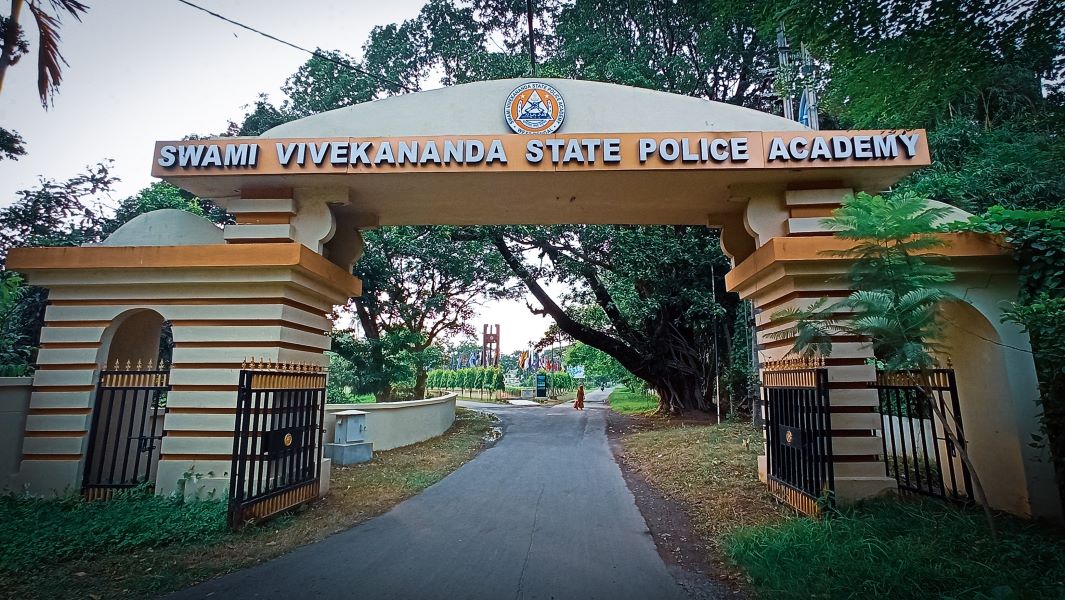 • Chhattisgarh Technical University renamed as Chhattisgarh Swami Vivekanand Technical University 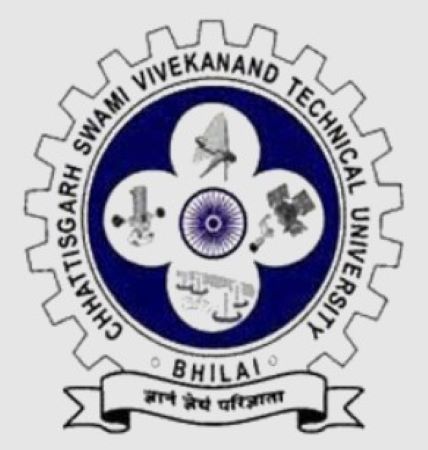 • Raipur International Airport renamed as Swami Vivekananda Airport (2012) 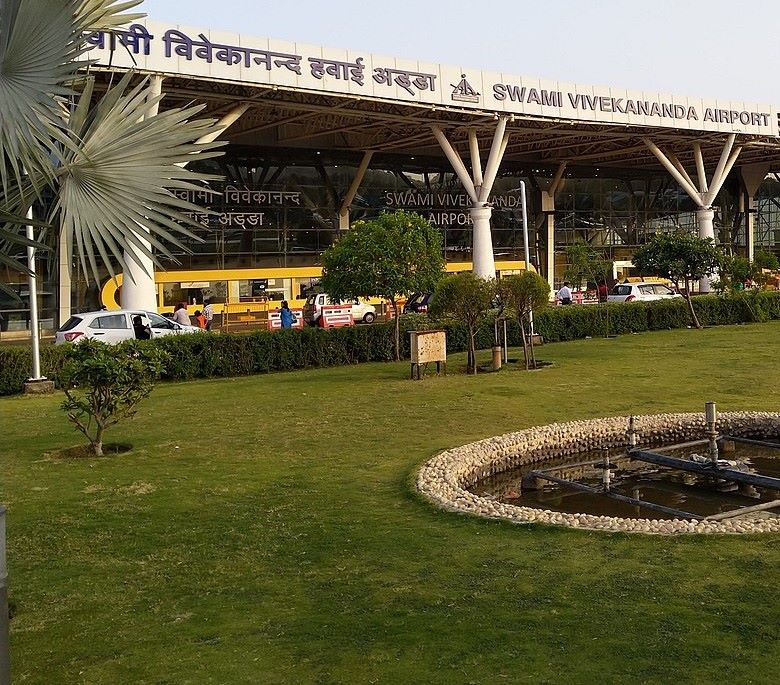 • Postage stamps issued by the Indian Postal Service on various occasions 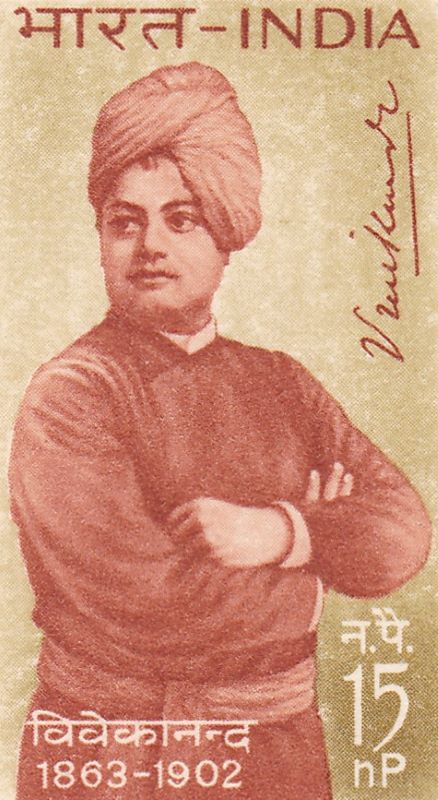 • Rs. 5 coin issued by the Union government on Vivekananda's 150th Birth Anniversary 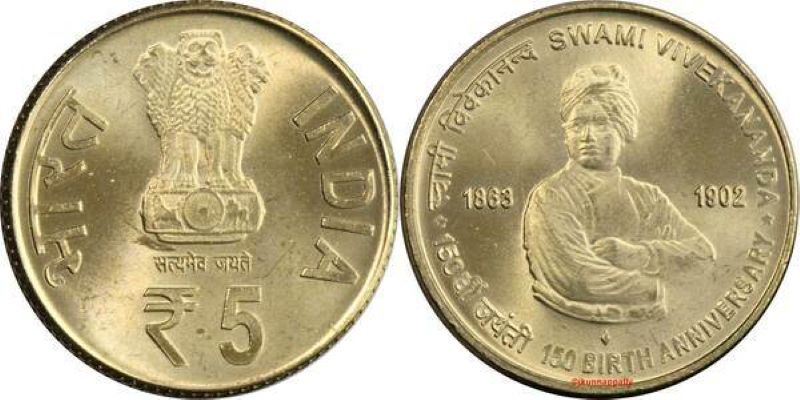 |
| Personal Life | |
| Date of Birth | 12 January 1863 (Monday) |
| Birthplace | 3 Gourmohan Mukherjee Street, Calcutta, Bengal Presidency, British India (now West Bengal, India) |
| Date of Death | 4 July 1902 |
| Place of Death | Belur Math, Bengal Presidency, British India |
| Age (at the time of death) | 39 Years |
| Death Cause | Blood vessel rupture in the brain |
| Zodiac sign | Capricorn |
| Signature |  |
| Nationality | British Indian |
| Hometown | Calcutta |
| School | Ishwar Chandra Vidyasagar's Metropolitan Institution, Calcutta (1871) |
| College/University | • Presidency University, Calcutta • General Assembly's Institution (now known as Scottish Church College), Calcutta |
| Educational Qualification | Bachelor of Arts (1884) |
| Religion | Hinduism |
| Caste | Kayastha |
| Food Habit | Non-vegetarian [1]The Times of India |
| Hobbies | Reading, Travelling |
| Relationships & More | |
| Marital Status (at the time of death) | Unmarried |
| Family | |
| Wife/Spouse | N/A |
| Children | None |
| Parents | Father- Vishwanath Datta (1835-1884) (attorney at the Calcutta High Court) Mother- Bhubaneswari Devi (1841-1913) (homemaker) 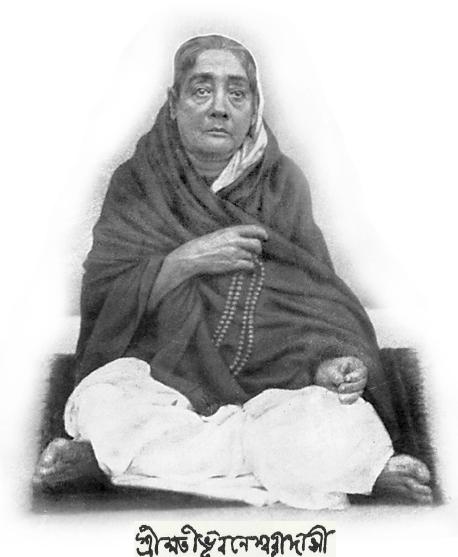 |
| Siblings | Brother(s)- 2 • Bhupendranath Datta (1880-1961) (revolutionary, sociologist, anthropologist) 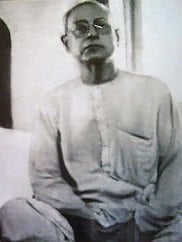 • Mahendranath Datta (1869-1956) (scholar, philanthropist, author) 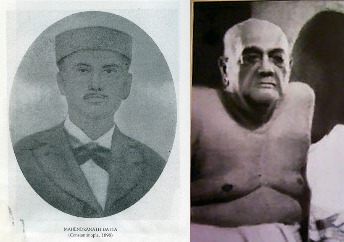 Sister(s)- 4 • Haramohini (Haramani) Devi (1858-1880) 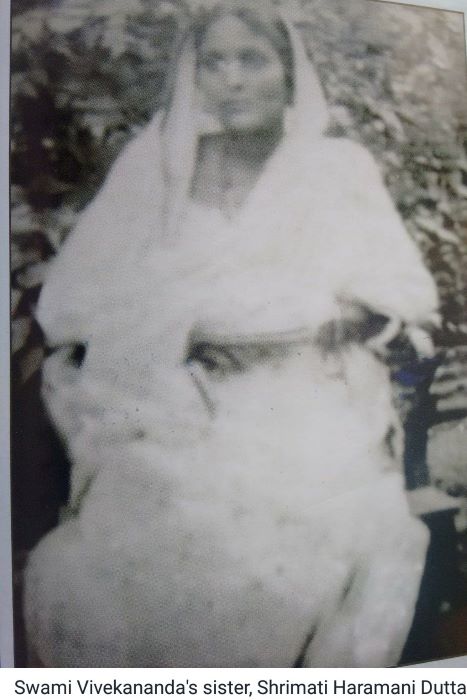 • Swarnamayi Devi (1860-1932) 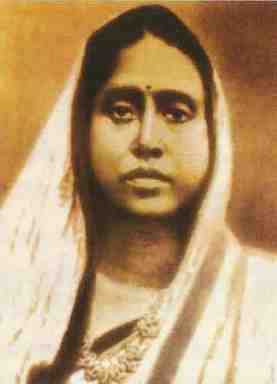 • Kiranbala Dutta (1865-1883) 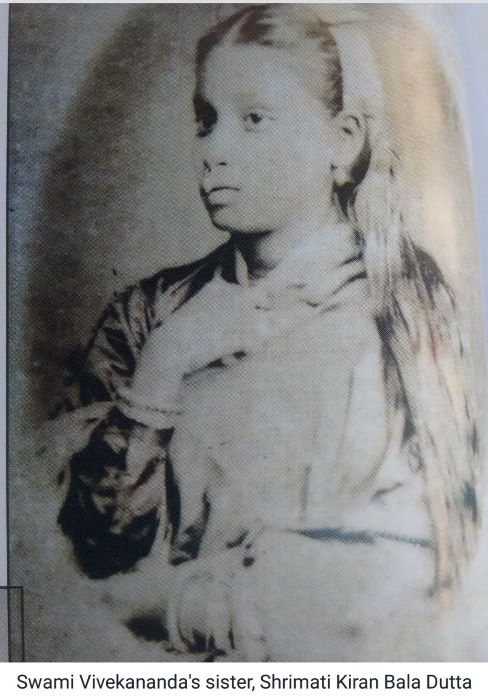 • Yogendrabala Dutta (1867-1880) 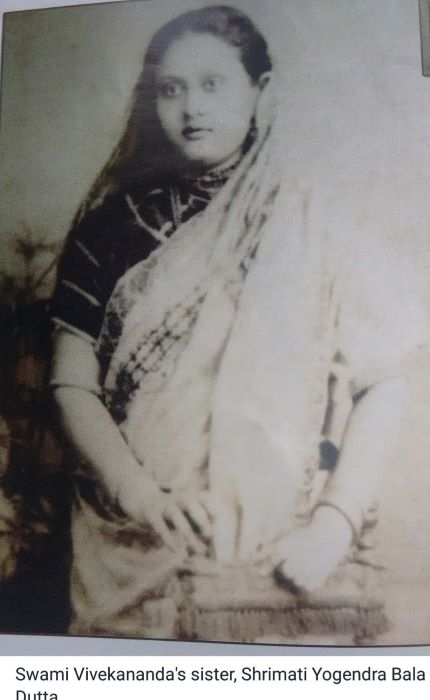 |
| Favourites | |
| Food | Kachori Sabzi, Fried Potato |
| Beverage | Tea |
| Dessert | Ice Cream |
| Poem | Kali The Mother |
Some Lesser Known Facts About Swami Vivekananda
- He had eight siblings.
- Swami Vivekananda was born at 3 Gourmohan Mukherjee Street in Calcutta. The house is a designated heritage site and has been renamed as the Ramakrishna Mission Swami Vivekananda’s Ancestral House and Cultural Centre.
- He was inclined to spirituality from his childhood and used to meditate before Hindu deities, including Shiva, Rama, Sita, and Mahavir Hanuman.
- He was very naughty in his childhood and due to it, his parents had to face many difficulties. His mother used to say “I prayed to Shiva for a son and he has sent me one of his demons.”
- His grandfather, Durgacharan Datta, was a Persian scholar, who left the household at the age of 25 and became a monk.
- By the time Vivekananda turned 7, he had memorized the Sanskrit grammar book of Mugdhabodh.
- He pursued school studies at the Ishwar Chandra Vidyasagar’s Metropolitan Institution in Calcutta. He studied until his family shifted its base from Calcutta to Raipur (now in Chhattisgarh) in 1877.
- He scored 46 per cent in his intermediate arts studies. It is said that he was poor in English grammar.
- Vivekananda’s family relocated to Calcutta in 1879.
- In the same year, he obtained 47 per cent in the entrance exam of the Presidency College in Calcutta.
- He studied literature, religion, philosophy, history, social science, art, and Bengali literature at the Presidency College.
- Vivekananda also habitually read various Indian Vedic scriptures, such as the Vedas, the Upanishads, the Bhagavad Gita, the Ramayana, the Mahabharata, and the Puranas. He also liked reading scripts in Sanskrit.
- Vivekananda opted out of the Presidency College in 1881. According to sources, his health was severely impacted due to an illness after which he decided to leave the college. The college’s alumni association said,
He studied in the Presidency for the whole year. His attendance and performance were fine. However, in 1881 he fell ill and could not attend classes. Rather than repeat a year, he chose to leave.”
- He passed the Fine Arts Exam in the same year with good marks and enrolled at the General Assembly’s Institution (now known as Scottish Church College). There, he got an education in European history, western logic, and Philosophy.
- Reading books of philosophers like David Hume, Immanuel Kant, Johann Gottlieb Fichte, Baruch Spinoza, Georg W. F. Hegel, Arthur Schopenhauer, Auguste Comte, John Stuart Mill and Charles Darwin is considered to have influenced his deep thinking in philosophy.
- While Vivekananda was studying at the institution, his journey towards spiritualism began.
- He was trained in Indian classical music. He was trained in Dhrupad by famous Indian singers Beni Gupta and Ahmad Khan. He was also well-trained in playing various traditional Indian musical instruments. He was also skilled in sports and knew different types of physical exercises.
- He was greatly influenced by Herbert Spencer (English philosopher, Biologist, Anthropologist) and his Theory of Evolution. Vivekananda worked with Spencer in publishing the Bengali version of the Theory of Evolution.
- It is said that he had a very sharp memory. He could memorize lengthy paragraphs in just one glance. At an event, he exactly delivered a 3-page-long quote from Pickwick Papers.
- As a college student, he once took several books from the college library and returned them within a day claiming to have read them all. The librarian did not believe him and asked several questions from the books to which Vivekananda replied correctly.
- In 1880, he joined Keshab Chandra Sen’s religious movement Nava Vidhan.
- In 1881, his English lecturer Reverend William Hastie used the term “trans” during a class. This term caught Vivekananda’s attention who later approached William, asking him more about it. William narrated the story of Ramakrishna of Dakshineshwar and advised him to meet him.
- He met Ramakrishna for the first time in November 1881 when he was invited to attend a religious festival at the house of one of Ramakrishna’s disciples, Surendra Nath Mitra. Ramakrishna was reportedly impressed by Vivekananda’s voice after he sang a few devotional songs during the event.
- Paramhamsa then invited Vivekananda to visit him in Dakshineswar after their first meeting.
- In 1882, he went to Dakshineswar with his friends to meet Ramakrishna. Initially, he didn’t like his teachings but was greatly influenced by his personality. He initially believed him to be a “monomaniac.”
- Reportedly, Vivekananda rejected Ramakrishna’s preachings but opted to stay with him due to his personality. He began frequently visiting Ramakrishna in Dakshineswar.
- In 1884, he joined a Freemasonry lodge and later became a member of the ‘Sadharan Brahmo Samaj’ led by Debendranath Tagore and Keshab Chandra Sen.
- Vivekananda was against the consumption of tobacco and alcohol. Therefore, in 1881, he joined Keshab’s Band of Hope established to encourage youngsters to quit such habits. He was a member of the organisation till 1884.
- It was during his time with the Band of Hope that he got involved with Western esotericism. The practitioners of esotericism believe that all religious texts contain hidden meanings.
- Swami Vivekananda’s father, Vishwanath Datta, wanted him to get married and have a family. However, he was indulged in seeking religious enlightenment.
- It is said that Vivekananda followed the mixed concepts of the Brahmo Samaj and Modern Theology.
- Despite earning a bachelor’s degree in arts, Swami Vivekananda could not find a good source of employment.
- After getting impressed by Keshab Chandra Sen’s Brahmo Samaj and its new ideas of Western esotericism, he met the Indian mystic and yogi Ramakrishna.
- In 1884, after the death of his father, his family had to face financial problems. To help his family, he tried to search for a job in different sectors but remained unsuccessful. According to sources, Vivekananda used to skip having a meal to save some money.
- As per sources, Swami Vivekananda went to different spiritual places in Calcutta, seeking an answer to his question “Have you seen God?” However, he was unsatisfied till Ramakrishna said “Yes, I see Him as I see you, only in an infinitely intenser sense.”
- Many spiritual authors claimed in their respective books that the Brahmo Samaj played a vital role in shaping spiritualism in Vivekananda. Some others claim that it was after coming to Ramakrishna that he adopted a different approach towards spiritualism.
- Ramakrishna asked him to pray to goddess Kali to solve his family’s financial crises. Therefore, he went to a temple but couldn’t demand anything material from the goddess and ultimately prayed for true knowledge and devotion from her.
- To realize God, he accepted Ramakrishna as his spiritual master who gave him the responsibility of his monastic disciples at the time of his death on 16 August 1886 in Cossipore (now known as Kashipur). While serving his Guru during his last days, Narender experienced the state of ‘Nirvikalpa Samadhi.’
- It was during his time at Kashipur that Swami Vivekananda and other disciples of Ramakrishna became the first to formulate and join the monastic ranks of Ramakrishna.
- Sources claim that while Ramakrishna was breathing his last, he asked his followers to regard Vivekananda as their leader.
- After Ramakrishna’s death, when no one supported his disciples financially, Narender repaired a decaying house at Baranagar and converted it into a monastery for the disciples. There, he used to do meditation and austerities with them daily. It became the first building ever to be created in the Ramakrishna Math.
- In December 1886, he and other monks took the vow to live a life similar to their spiritual master and Narender acquired the new name “Swami Vivekananda.” They took the vow at the Radha Gobinda Jiu temple in West Bengal.
- In 1887, he, with the help of Vaishnav Charan Basak, compiled an album of Bengali songs- ‘Sangeet Kalpataru.’
- In 1888, he left the monastery to live a renounced order of life like a wandering monk. For five years, living primarily on bhiksha (alms), he visited numerous places in India, toured various learning centres, and met people of different communities and races.
- It is reported that Swami Vivekananda left the monastery only with a pot (kamandal), a wooden staff, and two religious books.
- He used to move from one place to another on foot or via train from the tickets purchased for him by his followers.
- In 1890, Vivekanand went to Uttarakhand to meditate. There, while travelling, he lost consciousness due to hunger and lack of rest, which was caused by excessive meditation. A saint gave him water and fed him a cucumber, which saved his life.
- On 30 July 1893, he reached Chicago, the United States, after visiting different countries like China, Japan, and Canada. It is said that he changed his name from Swami Vividishanand to Swami Vivekananda before moving to Chicago.
- On 11 September 1893, he gave a short speech on Hinduism at the Parliament of the World’s Religions. Taking passages from the “Shiva Mahimna Stotram, he compared the different paths of an individual to the various streams that lead to the same ocean of formless God. People in the audience appreciated his speech with a standing ovation and several newspapers of the US eulogized him in different ways.
- He was initially denied admission into the Parliament of the World’s Religions because Swami Vivekananda was not a member of a Hindu society invited there to represent Hinduism. To gain access to the parliament, he contacted Harvard University’s John Henry Wright, who persuaded the organising committee of the parliament to invite Vivekananda for a short speech.
- The speech that he gave at the parliament went on to become one of the best speeches to have been delivered. It read,
Sisters and brothers of America! I thank you in the name of the most ancient order of monks in the world; I thank you in the name of the mother of religions; and I thank you in the name of millions and millions of Hindu people of all classes and sects.”
- Every year, 11 September is celebrated as World Brotherhood Day.
- Vivakenanada gained immense popularity after his speech as a result of which he began receiving invitations from different parts of the US for lectures and question-and-answer sessions.
- On lecture tours, he visited various places in the US and founded the Vedanta Society in New York in 1894.
- During a session at the Brooklyn Ethical Society, he reportedly stated that Lord Buddha travelled to the East to preach his teachings, while he travelled to the West to do the same.
- In 1895, he visited the United Kingdom, where he came into contact with Margaret Elizabeth Noble, who later took on the name of Sister Nivedita.
- In 1895, he stopped going on tours due to his bad health caused by his hectic schedule and started giving lectures on Vedanta and yoga training at a fixed place.
- In May 1896, he once again travelled to the UK and met Max Müller, the writer of Ramakrishna’s first biography.
- Thereafter, he went to Germany, where he met another noted academician and philosopher named Paul Deussen.
- He was awarded academic positions at Harvard University and Columbia University, but he declined them due to his commitment as a monk.
- He offered the Western people his version of the Patanjali’s Yoga Sutras called Raja Yoga.
- He initiated many foreigners and established his ‘Shanti Asrama’ (Peace Retreat) in San Jose, California.
- His biggest spiritual society is ‘The Vedanta Society of Southern California’ in Hollywood.
- His Vedanta Press in Hollywood publishes English translations of Indian scriptures.
- In 1895, he started a periodical ‘Brahmavadin’ and published his book ‘Raja Yoga’ in 1896. This book played a vital role in the establishment of yoga in Western societies.
- When Swami Vivekananda was in the United States, the US government allocated a piece of land in the mountains of San Jose. There, he constructed the Shanti Asrama; a place where members of the Vedanta could meditate. He also established a printing press in the US which published literature related to the teachings of Vedanta.
- Christina Greenstidel, popularly known as Sister Christine, met Vivekananda when he was in Detroit. The duo reportedly developed a father-daughter bond.
- On 15 January 1897, Vivekananda reached Sri Lanka, where he gave a speech for the first time in East Asia.
- Thereafter, he came to India, where he got a warm reception from the people in different parts of India and delivered lectures in Rameswaram, Pamban, Kumbakonam, Madras, Ramnad, and Madurai. It is said that to hear him talk, people used to block rail routes by lying on the tracks whenever Vivekananda travelled through trains.
- To promote social services, he established the Ramakrishna Mission on 1 May 1897 in Calcutta.
- He also founded the monasteries like ‘Advaita Ashrama,’ Mayavati near Almora and another one in Madras.
- Thereafter, he began publishing periodicals ‘Udbhodan’ in Bengali and ‘Prabuddha Bharata’ in English.
- To save his spiritual interests, he rejected the position of the head of the ‘Research Institute of Science,’ offered by Jamshedji Tata. Reportedly, Tata established the research centre in India after getting motivated to do so by Vivekananda in 1983 while travelling together from Japan to the US.
- He is also said to have solved the differences between the Arya Samajis and the Sanatanis.
- In 1898, he penned a prayer song ”Khandana Bhava–Bandhana” in the glorification of his spiritual master.
- In the same year, he founded the Belur Math on the banks of the Ganga River. The monastery accepted all irrespective of their care, religion, or social status.
- He met with the Kashmiri Pandits in 1898.
- He decided to resume his spiritual journey to the West in June 1899. He went to England, where Sister Nivedita and Swami Turiyananda escorted him.
- After staying in the UK for some time, he departed for the US, where he founded Vedanta Societies in New York and San Francisco.
- In 1900, he left the US for France to attend the Congress of Religions in Paris.
- He returned to India from the West on 9 December 1900 following which he started living at the Belur Math from where he looked after the functioning of the Ramakrishna Math.
- On 4 July 1902, after discussing the plan of a Vedic college in the Ramakrishna Math, he went to his room at seven in the evening and passed away while meditating. He died after rupturing a blood vessel in his brain. His body was cremated on the bank of the Ganga in Belur.
- It is said that Swami Vivekananda had predicted at a very young age that he would live past the age of 40.
- Women were not allowed inside the Math. However, a follower of his allowed Bhubaneswar Datta, mother of Swami Vivekananda, to enter the monastery after Vivekananda fell ill. This angered him after which he said “Why did you allow a woman to come in? I was the one who made the rule and it is for me that the rule is being broken.”
- In his book, The Complete Works of Swami Vivekananda, Swami wrote against the enforcement of vegetarianism on people.
- His nationalistic ideas and social reform spirit inspired many Indian leaders such as Mahatma Gandhi, Subhas Chandra Bose, Bal Gangadhar Tilak, Chakravarti Rajagopalachari, Sri Aurobindo, Rabindranath Tagore, and many others.
- According to sources, Swami Vivekananda suffered from 31 types of illnesses, including liver and kidney damage, insomnia, migraine, asthma, and diabetes.
- In his honour, the Raipur airport got the title ‘Swami Vivekananda Airport’ in 2012.
- A few of his major literary works are ‘Sangeet Kalpataru’ (1887), ‘Karma Yoga’ (1896), ‘Raja Yoga’ (1896), ‘Vedanta Philosophy (1897), ‘Jnana Yoga’ (1899), ‘My Master’ (1901), ‘Vedânta Philosophy: lectures on Jnâna Yoga’ (1902) and ‘Bartaman Bharat’ (Present Day India) which is an essay in the Bengali language.
- Apart from his spiritual interests, Vivekananda took a keen interest in cooking. Whenever he went on a tour outside India, he would cook food for the delegation and guests who came to meet him. It is claimed that his interest in cooking arose when he was a child. He even bought many books on cookery and started cooking at a young age.
- On 12 January of each year, Swami Vivekananda’s birthday is celebrated as the ‘National Youth Day’ in India.
- On the occasion of his 150th birth anniversary, the Ministry of Youth Affairs of the Government of India declared 2013 as a remembrance year.
- Several films in different languages have been made trying to depict the life of Swami Vivekananda. Some of these films are Swamiji (1949), Birieswar Vivekananda (1964), Life and Message of Swami Vivekananda (1964), and The Light: Swami Vivekananda (2013).
References/Sources:

